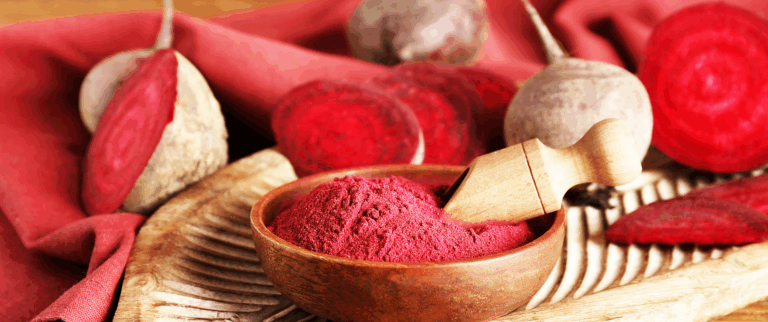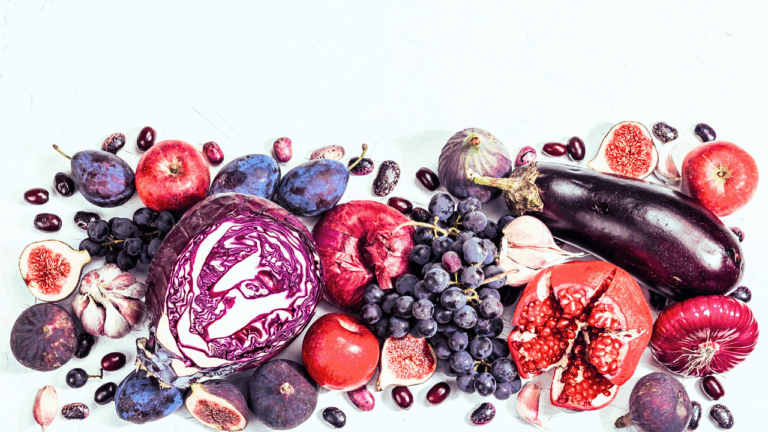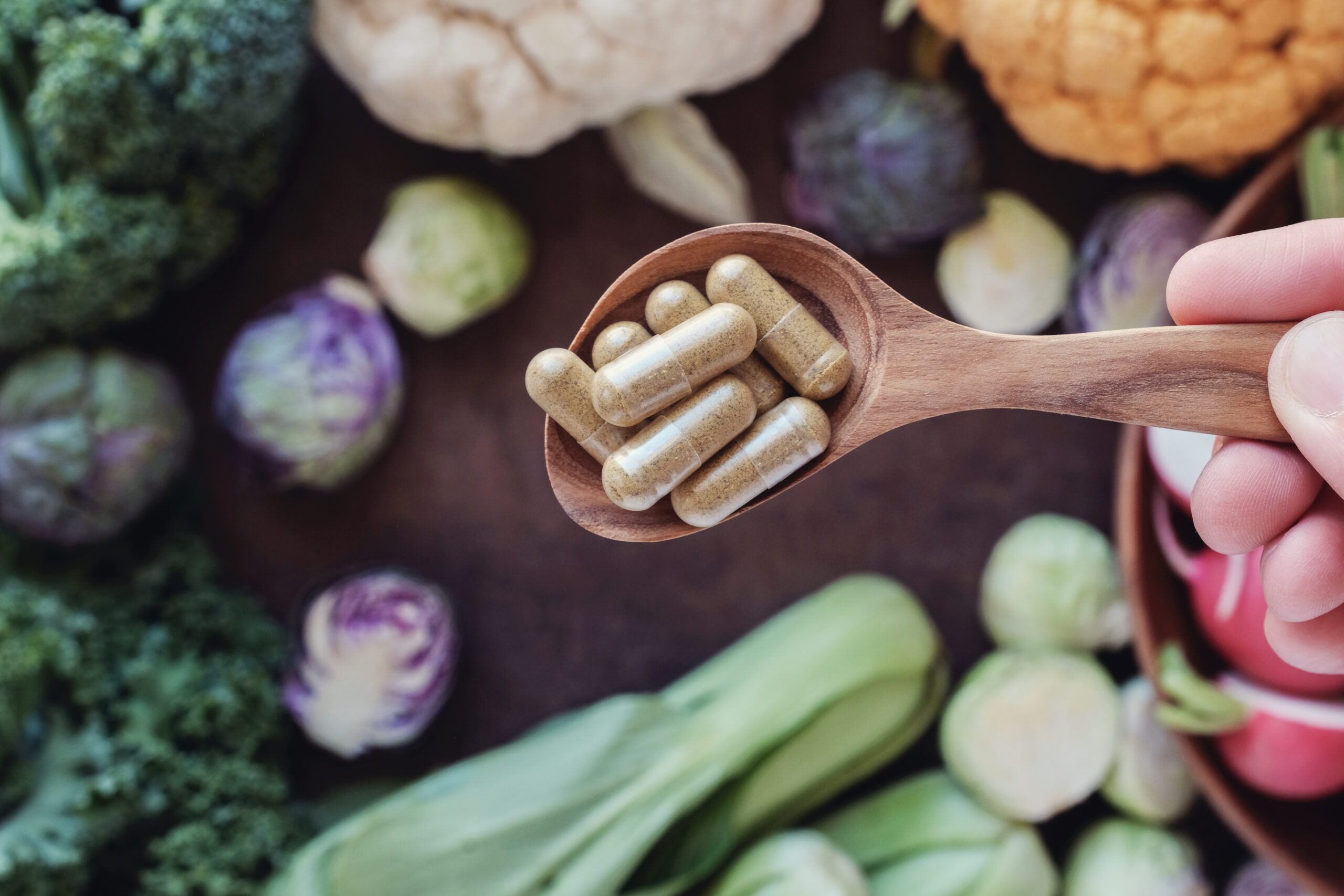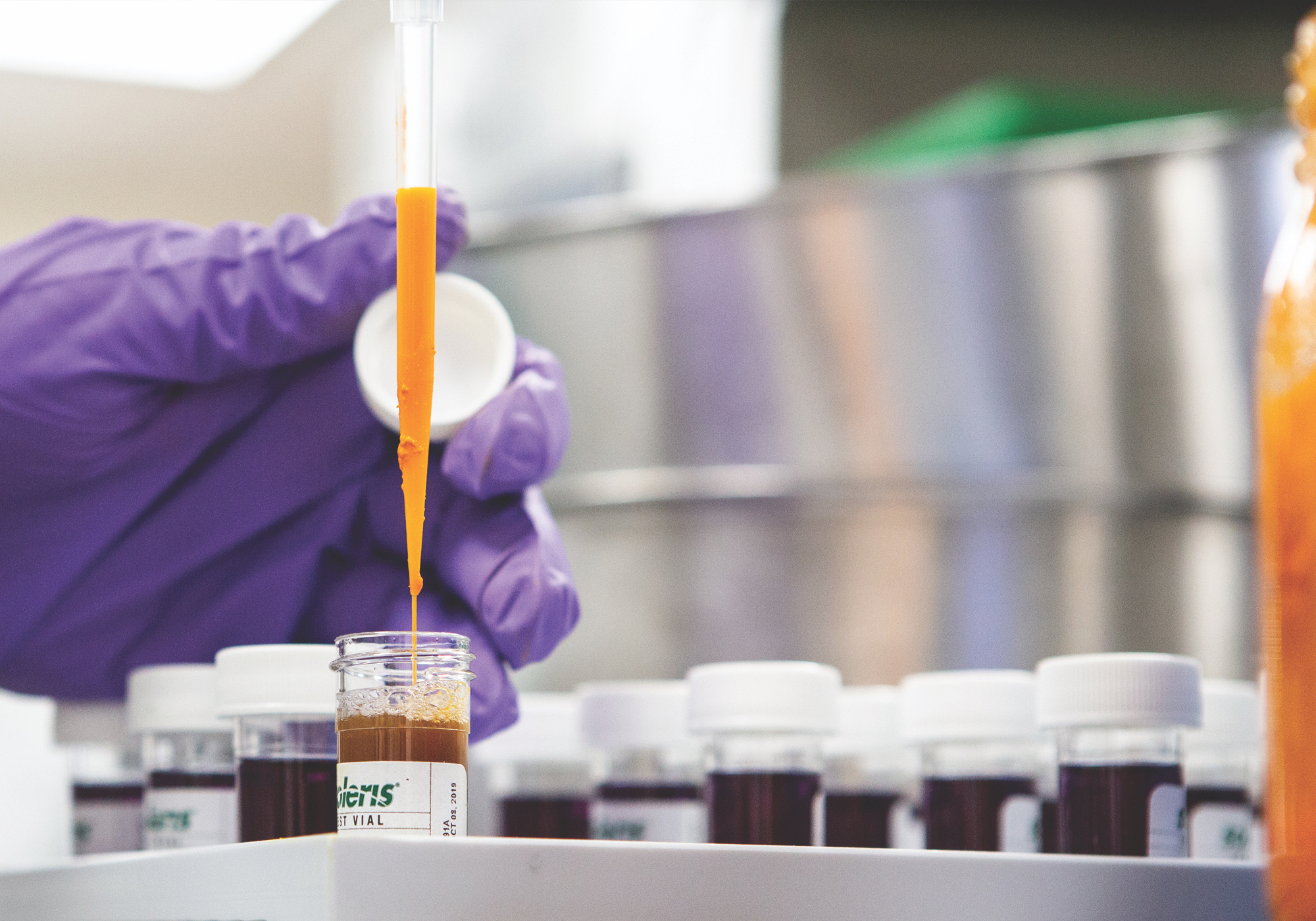Scientific name:Crocus sativus
Constituents:
- Glycosides: Crocin, crocetin, safranal and picro-crocin (hydrophilic carotenoids)
- Volatile oil
- Vitamins: riboflavin, thiamine & beta-carotene.
- Essential fatty acids (linoleic & linolenic)
- Phytosterols (campesterol, stigmasterol and β-sitosterol, ursolic, oleanolic, palmitic, palmitoleic and oleic acids)
Medicinal actions:
- Anti-inflammatory
- Antioxidant
- Antispasmodic
- Anti-tumorgenic
- Aphrodisiac
- Cardiac Tonic (Vascular Tonic & Hypotensive)
- Diaphoretic
- Emmenagogue
- Immunomodulator
- Nervine Tonic/Relaxant
- Nootropic
Mechanism of Action & Pharmacology:
- Hydrophilic carotenoids (glycosides): Crocin, crocetin, safranal and picro-crocin are primarily responsible for many of the plants therapeutic effects.
- The majority of crocin is hydrolyzed to crocetin (the major metabolite of crocin) before absorption through gastrointestinal tract. Crocin is not considered to be well absorbed via the gastrointestinal tract and is largely excreted from following oral administration.
- Crocin may inhibit uptake of dopamine and norepinephrine, and safranal acts via serotonin and may be responsible for antidepressant effects. Safranal has shown ability to bind to some benzodiazepines subtypes (e.g. BZ1, BZ2, BZ3), ameliorate insomnia in mice and influence muscle relaxation. Crocin has been proposed for relief of painful dysmenorrhea as it may decrease uterine contractions, while picrocrocin seems to have a sedative effect on spasms and lumbar pains.
- Overall, glycosides have been found to modulate synaptic processes via direct/indirect interplay with neurotransmitter receptor functions, interaction with neuronal death/survival pathways, and alteration in neuronal proteins expression, proving beneficial effects in depressive disorders, Alzheimer’s disease, and other neurological abnormalities. Crocetin has demonstrated neuromodulatory effects in the rat model of Parkinson’s Disease.
- Crocin is regarded as the most potent component against oxidative stress and a modulator of apoptosis, however the synergistic effect of all constituents are responsible for Saffron’s significant antioxidant activity. These compounds can protect DNA and tRNA from harmful chemical reaction through the formation of ligand–polynucleotide complexes. Can bind to proteins, nucleic acids (DNA, tRNA) and lipids (linoleic acid) and protect these molecules from free radical damage.
- Crocin and crocetin have ability to increase plasma oxygen diffusivity which could attenuate artery damage and cholesterol insertion within the vasculature. Crocin has shown protective effects against endothelial cell apoptosis, decreased cholesteryl ester deposition in macrophages and the uptake of oxidized LDL, and thereby may slow down the formation of foam cells, which constitutes the primary element of atherosclerosis. Crocetin is able to increase the speed of oxygen transport and diffusivity, both in vivo and in vitro and is also a hypotensive.
- Picrocrocins are the main substances responsible for saffron’s bitter taste, while safranal (volatile oil) is responsible for the characteristic aroma.
Pharmacy:
- Capsules
- Infusion
Safety & Toxicity Concerns:
- Rare and mild, but may include dry mouth, dizziness, nausea, vomiting and diarrhea. At toxic levels could cause spontaneous bleeding, numbness, tingling in the hands and feet, and yellowish skin and eyes due to precipitation of yellow pigments on the skin and conjunctiva.
Interactions:
- Use caution with patient on anticoagulants or renal insufficiency.







